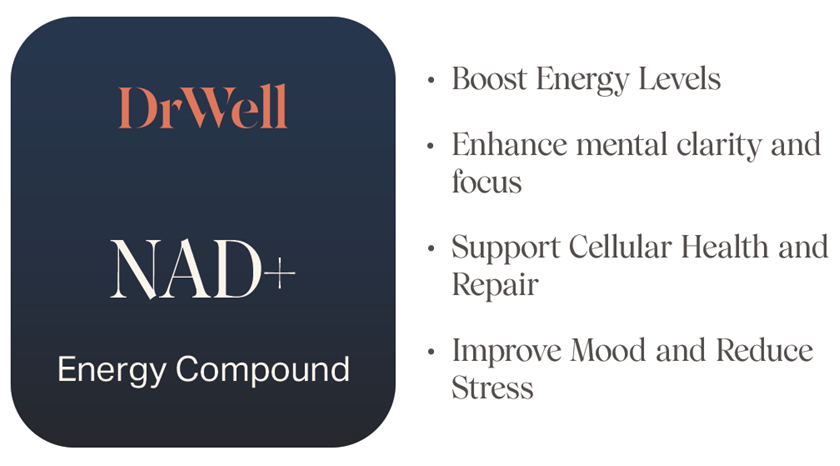Breast augmentation is one of the most popular cosmetic procedures. In 2020, more than 193,000 women chose to have breast augmentation to increase their breast size, shape, or volume. But not every breast augmentation patient is a ‘lifer.’ Many of them, including celebrities, remove their breast implants years later via breast ex-plant surgery. In fact, plastic surgeons performed approximately 36,367 breast implant removal procedures in 2020, according to the American Society of Plastic Surgeons.

Breast ex-plant surgery is a touchy subject and, according to Dr. Tim Sayed, a controversial arena. “While there may be some solid science and anecdotal evidence, the data is what patients should rely upon,” he says. Despite the surge in women removing their implants, it’s nothing new and is magnified today, primarily due to social media and the spotlight on breast implant illness, which is thought to be linked to implants.
In the past, women suffering from breast implant illness were left to their own devices. There was no community for them to voice their concerns, symptoms, and opinions nor platforms to communicate directly with other women suffering from the inexplicable sickness that has women running to doctors, desperate for answers. Although social media platforms offer solutions to women experiencing breast implant illness, Dr. Sayed says not every woman with implants will remove hers if they’re not experiencing symptoms. “They’re trying to make an informed choice, and hearing real results and testimonials helps. But, unfortunately, we still don’t know everything there is to know about implant safety.”
Dr. Sayed, who performs hundreds of breast ex-plant procedures annually, says many patients come in saying they don’t feel right. “They just want to feel better.” And while expectations may be difficult to manage, he shares that most women are reasonable. However, he never pushes patients to remove their implants and recommends making the best decision for them. “Patients need to learn the pros and cons of the procedure and the real-world evidence, which is that most symptoms improve after removing the implants.”
The Reasons for Breast Ex-Plant Procedures
Every patient is different, but the main reason for breast ex-plant surgery is an undiagnosable illness that makes women feel sick. “Some skeptics say removing implants is a placebo effect, but social media shows that women have improvements. Most of these women are just trying to find answers as to why they are sick, and a lot of them are fed up with being dismissed when some have real symptoms because they tell us that,” Dr. Sayed says. Breast ex-plant procedures also have an emotional component, whether you don’t like how your implants make you feel, how they look, or they’re just no longer a priority for you. These are the main reasons for a breast ex-plant procedure.
• Breast implant illness: Some women experience an unexplainable sickness they believe their breast implants cause. Symptoms include constant fatigue, brain fog, joint pain, sleeping problems, and even concentration issues. While many unknowns and variables exist surrounding breast implant illness, many patients have tried every remedy short of removing the implants.
• The link between lymphoma and some implants: A connection between implants and breast implant-associated anaplastic large cell lymphoma (BIA-ALCL), an overgrowth of lymphatic tissue associated with the capsule (scar tissue) around the implant, may occur with some textured implants, but not all breast implants. Some women remove their implants even if there are no signs of ALCL for fear of it developing, especially if breast cancer is common in their family.
• Scar tissue and capsular contracture: If scar tissue forms around the implant and it’s hard, the entire implant may require removal. Softer scar tissue usually goes unnoticed, but hardened scar tissue can become painful and uncomfortable. Capsular contracture occurs when the body forms scar tissue around the implant. It often sends patients to their surgeons wanting to fix the unnatural or ‘botched’ look.
• A desire to be implant-free: Some women decide that their implants no longer ‘match’ their bodies or are too large for them, or they don’t want a foreign object in their bodies any longer. For years, breast augmentation was, for some women, all about an as-big-as-you-can-make-them aesthetic. As the body ages and experiences weight gain or loss and menopause, or you adopt new lifestyle habits or a new sense of self, what looked good on your body in your 20 or 30s now may not be the best fit.
While breast implants are not necessarily “lifetime devices,” it’s also not true that they must be replaced every 10 years. If you’re not experiencing any problems with your implants, with proper surveillance, there is no set time period where they need to be removed.
The Post-Breast Ex-Plant Experience
For some women, living without breast implants is strange and uncharted territory; others are perfectly fine without them and even happier, especially when constant pain and sickness are the underlying causes of a breast ex-plant procedure. “Most women are candid about sharing their ex-plant journey. Also, removing the implants makes a difference for those with capsular contracture,” Dr. Sayed says. “Some regret it, and others don’t, but there’s so much more body positivity today, and we’re trying to curtail the negative, especially for younger girls.” Plus, the absence of implants allows women to live life more freely without the looming fear that sickness or cancer will eventually prevail. That, in and of itself, is enough for many women to choose the surgery over the stress.
In regards to breast cancer screening, it’s possible for the breast implant to obscure breast tissue during a mammogram. That’s why there are certain techniques (Eklund displacement views) that allow the radiologist to determine the presence of any calcifications associated with breast cancer, even in the presence of breast implants. Additionally, many implants are placed under the muscle so there’s a clear demarcation between the breast tissue on top, the intervening muscle, and the implant underneath the muscle. But removing the implant can still give women the peace of mind that there is nothing obscuring the radiology reading of their mammogram.
But what about the loss of volume, fullness, and shape that once existed pre-breast ex-plantation surgery? The removal outweighs the risks for many women, but that doesn’t necessarily mean the result is always the prettiest. Removing your implants can leave the breasts looking saggy, deflated, smaller, uneven shape, and loose skin. Some women opt for a breast lift without an implant or fat transfer or leave well enough alone to remedy these issues.
In the end, Dr. Sayed says it’s all about doing what makes you feel good about yourself. “It’s a gratifying experience for patients and a thankful community. I want patients to feel like they are enough. If a breast ex-plant procedure is part of the solution to let women feel empowered and beautiful as they are, then it’s worth it.”
Written by Elise Minton Tabin




